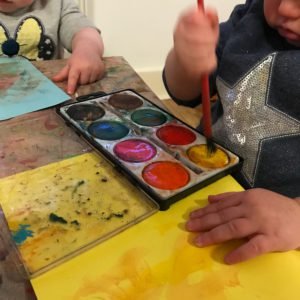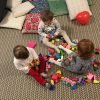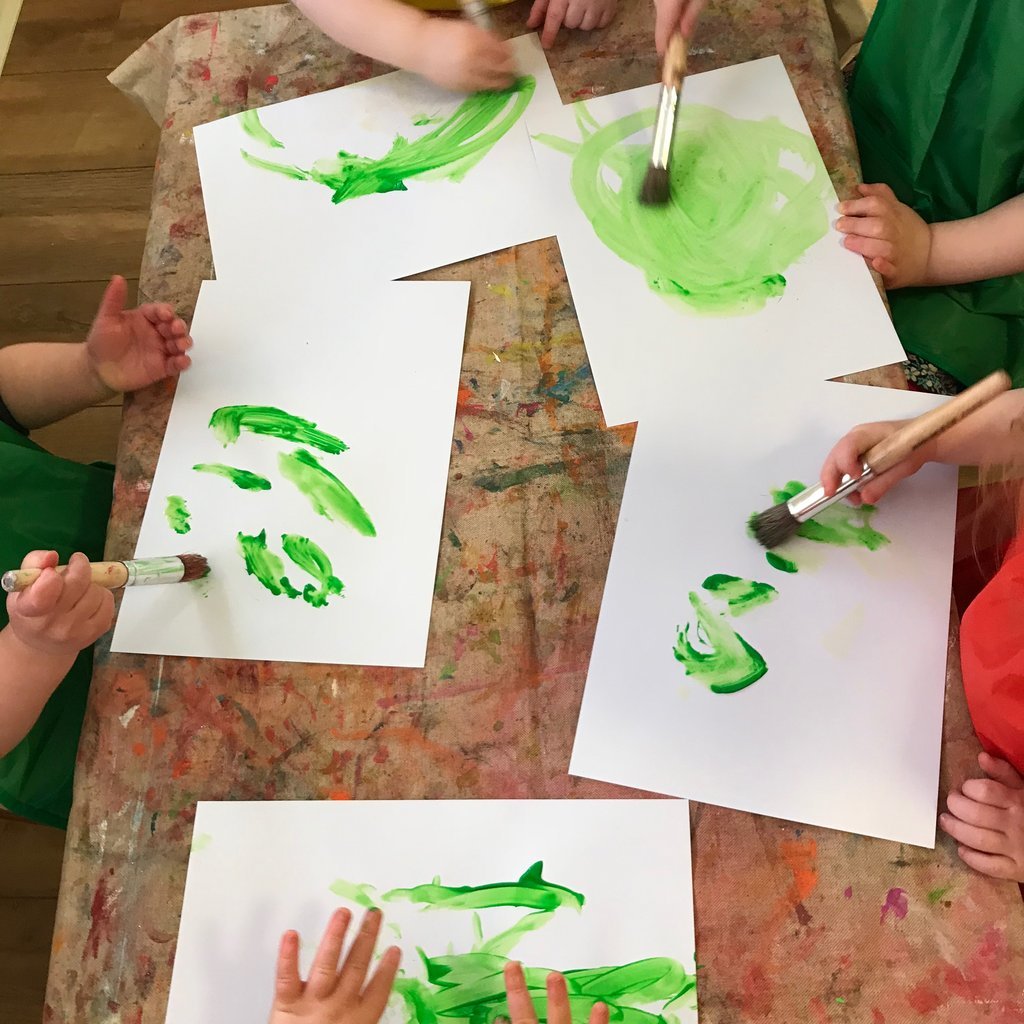
The arts give us the opportunity to learn to study details and handle corrections. Depending on the child’s age.
Perhaps you can highlight the impact of making straight lines, painting inside a line, drawing figures or painting without leaving the area. Plan the observations and what you want to achieve. Try to structure your comments so that they are easy small modifications for him or her to assume. The idea is to help the child think through the details of the process so that their appreciation for what they are creating increases and develops the ability to critically analyze what they do without becoming frustrated.
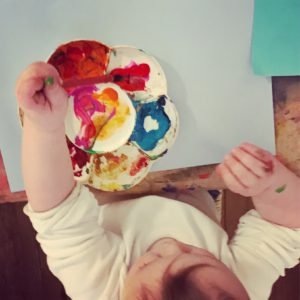 The arts help to strengthen the child’s self-esteem – After working for hours and putting your efforts to work, when your daughter finishes her creation, it is time to congratulate and recognize what she has achieved. The satisfaction of having completed a work that is well received helps to create a positive vision of itself. Beware of overly complimenting each line or step. It is important to communicate that creating a work of art and doing a good job requires practice, attention to detail and work. As an opportunity, in the process of working in an art activity, there are important opportunities to develop planning, organization, attention to details, fine and thick motor skills, concentration, reflection on the created and pride on the final product. All these skills are important to real life and academic.
The arts help to strengthen the child’s self-esteem – After working for hours and putting your efforts to work, when your daughter finishes her creation, it is time to congratulate and recognize what she has achieved. The satisfaction of having completed a work that is well received helps to create a positive vision of itself. Beware of overly complimenting each line or step. It is important to communicate that creating a work of art and doing a good job requires practice, attention to detail and work. As an opportunity, in the process of working in an art activity, there are important opportunities to develop planning, organization, attention to details, fine and thick motor skills, concentration, reflection on the created and pride on the final product. All these skills are important to real life and academic.
Art teaches children to think creatively to solve problems, teaches thinking to leave open ends, represents a culture of questions rather than a culture of responses. Children can share, reflect and learn something about themselves and the world in which they live, art promotes self-esteem. In the process of making art, the child is exposed to different possibilities, to discovery and to freedom.
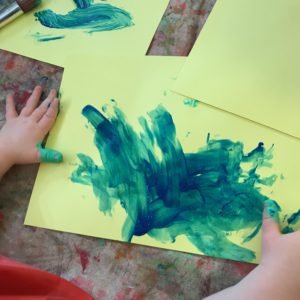 Art provides a means to cross stereotypes, barriers and prejudices.
Art provides a means to cross stereotypes, barriers and prejudices.- Art puts children in contact with the near or distant past.
- Art stimulates both sides of the brain. Studies have shown that children who make art read better and score better in math and science.
- Children learn using their senses and art is ideal for this process.
- Art encourages children to pay more attention to the physical space around them.
- Art stimulates perceptual development and develops coordination between the eyes and hands
- Art nourishes the human soul; the child feels good doing it.

